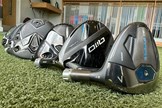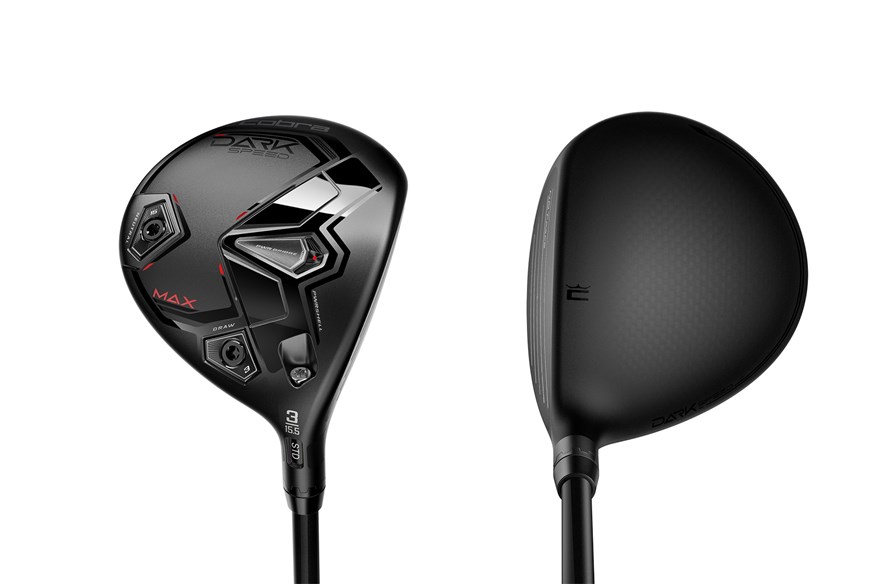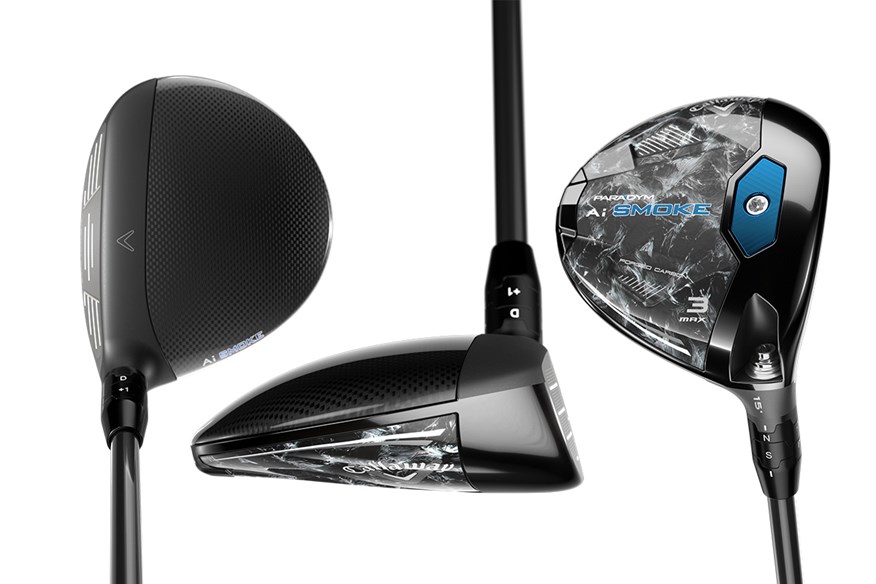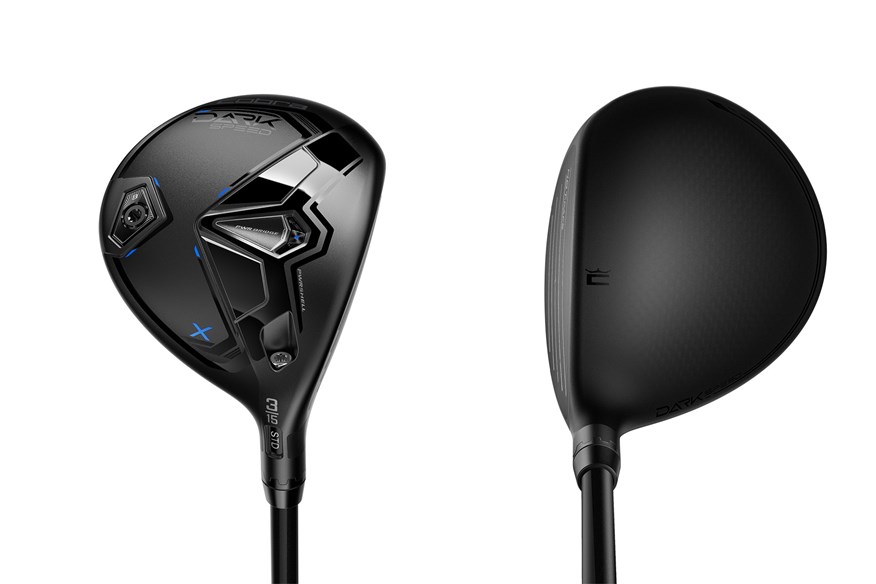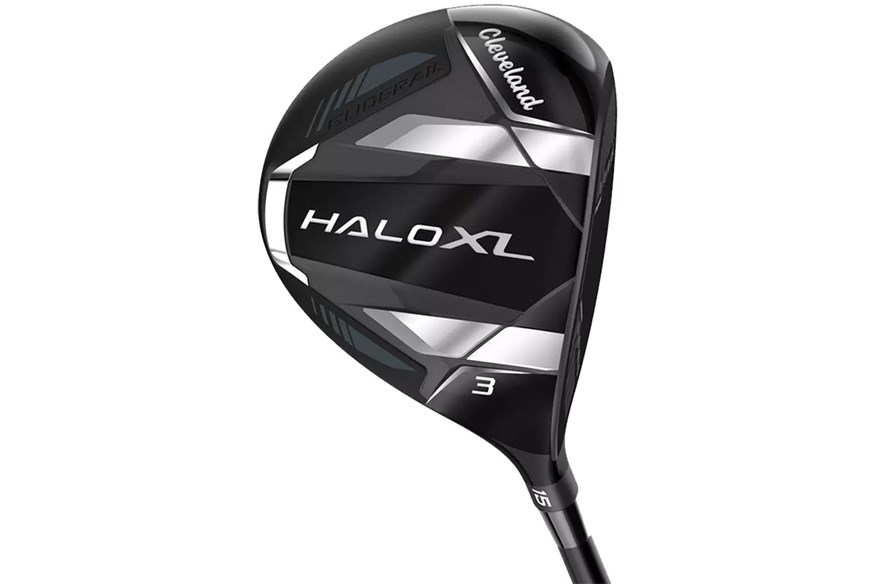Become dangerous from distance! Why 7-woods mean easier golf and the best models in 2025
Last updated:
More and more tour players are putting a 7-wood into their golf bag, but is this the right decision for your game, and which manufacturers should you consider?
When we test new fairway woods, we typically focus on 3-woods, or occasionally 5-woods, in the hitting bay but should we consider 7-woods or even more loft in our bags?
2024 USPGA and Open Champion Xander Schauffele and two-time Major champion Dustin Johnson both have 7-woods in their bags. DJ even has a 9-wood, which he used in his 2020 Masters triumph to great effect.
Tour professionals to also add a higher lofted fairway wood include Tommy Fleetwood, Sahith Theegala, Ludvig Aberg, and Joaquin Niemann; with so many now putting another fairway wood back into their setup, what should you look for to find the right product for you?
It’s not easy to know what to consider with a club you may never have used, or even seen, before. As with fairway woods in general, knowing which model offers the best forgiveness, the most distance, which is the easiest to launch off the ground, even down to the size of each model’s head, is a real difference-maker in deciding the correct product for you.
So let’s show you the best available this year, and provide some information on why choosing to play a more lofted wood will benefit your golf game.

How we tested
We took a trip up to SGGT in Chesterfield, one of the newest and most interesting custom fitting studios in the country, to test the latest 7-woods in 2024.
SGGT (Scott Gourlay Golf Technology) was chosen due to a combination of product availability and expertise. The company background has seen them turn from one man’s dream of offering unbiased, tour-level fitting to a multi-location, highly regarded fitting studio that services golfers of every standard across several sites across the UK and Europe.
One of the more unique aspects on offer at SGGT is their use of a custom fitting system designed in-house, which allows them complete control of the golf clubs you test. This means everything from the shaft used to the balance of the clubs and even the grip is taken into account when you visit.
With every club built and shipped through their own workshop in Scotland and an immensely deep matrix of head, shaft, and grip options, including the option to test 4i/6i/8i/PW during an iron fitting and outdoor wedge facilities, SGGT offers one of the most complete experiences in the custom clubs space.
For our 7-wood test, we worked with Lead Fitter Laurence Pawley to explore options for you, the golfer, including testing at multiple speeds and swing styles to give a comprehensive breakdown of what works for you.
How the team at Today’s Golfer test golf equipment.
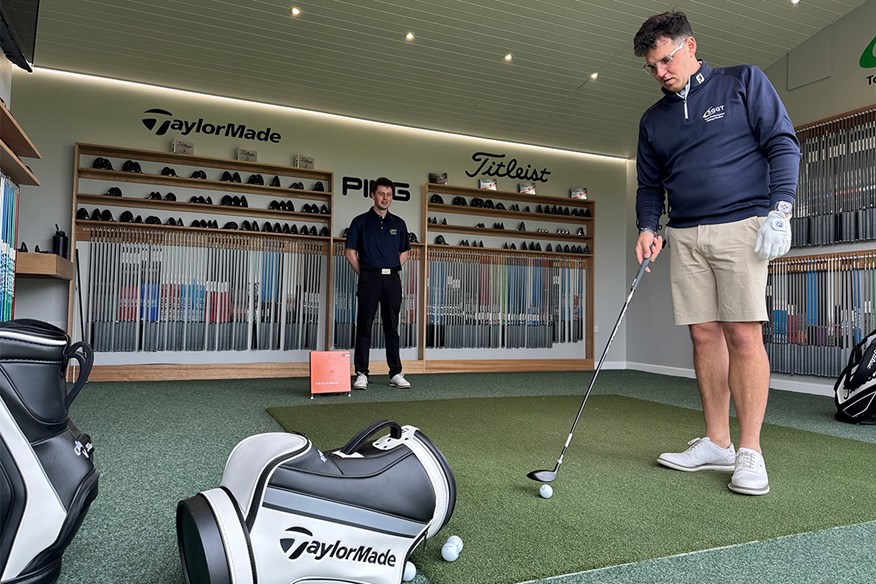
Which lofted woods do tour pros use?
- Tommy Fleetwood, Taylormade Qi10 – 9-Wood
- Xander Schauffele, Callaway Apex UW – 7-Wood
- Joaquin Niemann, Ping G425 Max – 7-Wood
- Ludwig Aberg, Stealth 2 – 7-Wood
- Sahith Theegala, Ping G430 Max – 9-Wood
- Adam Scott, Taylormade Stealth – 7-Wood
- Tyrrell Hatton, Ping G430 Max – 7-Wood
- Dustin Johnson, TaylorMade Stealth – 7-Wood + 9-Wood
7-Wood or Hybrid or Iron?
So we can see that Tour Pros use high-lofted woods to great effect. But we’ve also seen them switch into driving irons and hybrids before, so why is the 7-wood and beyond something to take note of now?
If you talk to the analytics team at Arccos, a company that specializes in club tracking technology from the PGA Tour down to the amateur level, they’ll tell you high-lofted fairway woods win hands down in comparison to the best hybrids.
They’ve screened mountains of data from their technology, specifically from 0-25 handicappers, and found that GIR (Greens In Regulation) with a 7-wood is up to 70% higher than the same stat with a 3-hybrid. Over a long period of time – 20 rounds or more – GIR is the biggest indicator of the average scores you shoot so finding more greens is a virtually guaranteed way of improving your handicap.
With modern golf course design, particularly out on Tour where greens demand protection, the ability to bring a ball in steeply and hold near its landing zone is a key metric. With balls that now spin less from distance than ever before, the drop in CG (center of gravity) inherent to the structure of modern woods combines with the 7-wood loft to correct a balance that a long iron could never hope to match.
Whether you’re one of the best players on the planet or simply among us weekend warriors, the requirement is still the same. Give yourself the best chance of finding the green and making the putt.
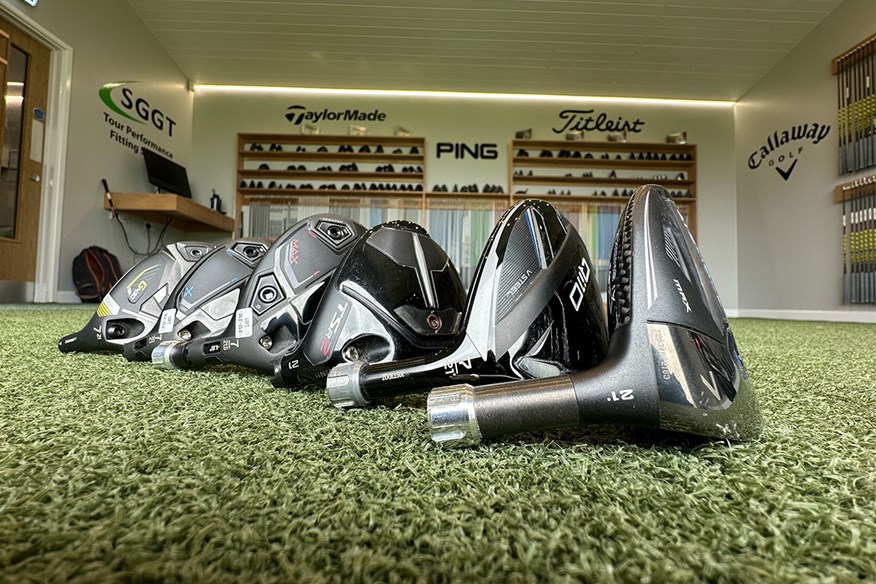
Now we’ve established why you might want to consider adding a 7-wood to your golf bag, let’s look at the best 7-woods available to buy.
Best At A Glance
Best overall: Ping G430 Max | Buy Now
Best for faster swing speeds: Titleist TSR2 | Buy Now
Best for slower swing speeds: Cobra Darkspeed Max | Buy Now
Best for height: Callaway Paradym Ai-Smoke Max | Buy Now
Best 7-woods 2025:
Combine performance with consistency
Best Overall
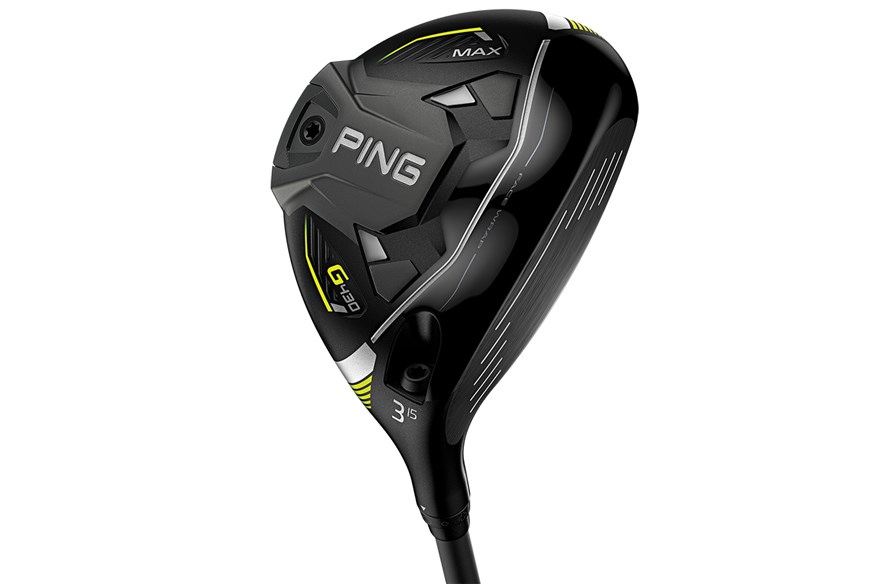

The G430 has picked up our Best Overall 7-Wood and it wasn't even close. A wider and shallower head means that, regardless of player clubhead speed, this wood was incredibly easy to launch while also producing some of the highest ball speeds in our test.
Combine this performance with the consistency that Ping are known for and there's no argument about which model came top. The reason the G430 Max didn't take outright wins in either clubhead speed sub-category is that one model in each edged the Ping out but as a 2nd place performer in both, we feel very safe giving it the overall performer award this year.
Read our full Ping G430 Max Review
Pros
- Impressive all-round performance
- Shaft range is excellent
- Incredibly easy to hit from varied lies
Cons
- Replacement due in 2025
| High Loft Options | 7W – 21° / 9W - 24° |
| Stock Shafts | Ping Alta CB Black, Ping Tour 2.0 Chrome, Ping Tour 2.0 Black |
| Stock Grip | Golf Pride Tour Velvet 360 |
Straight ball flight with tight dispersion
Best Ball Speed
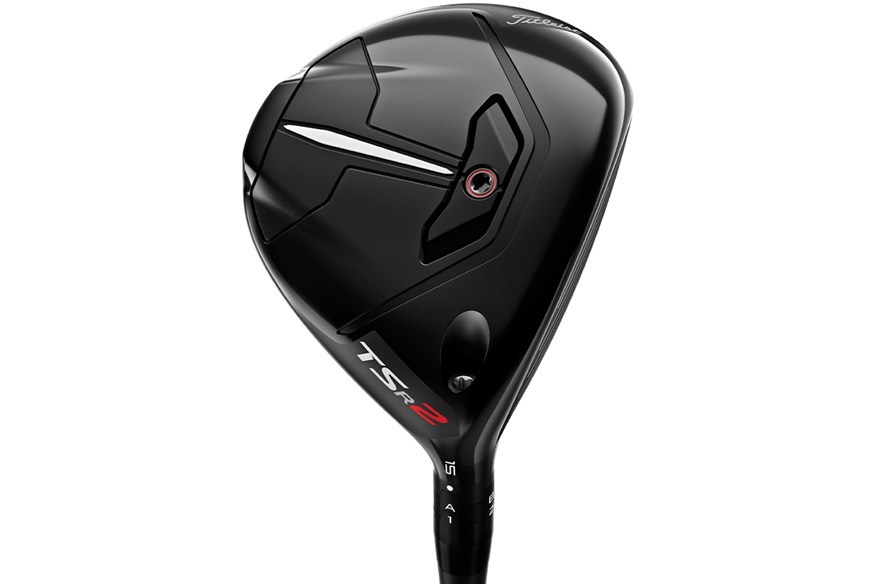

However, with a category winner in the TSR2, we think the inclusion has justified itself. For our faster swing speeds, the TSR2 had the highest ball speeds on offer while also maintaining a straight ball flight with tight dispersion.
The only downside to the TSR2 fairway wood is the launch and landing angles were the lowest of everything we tested. For the higher club speed, this wasn't an issue due to the increased ball speed producing more height but at slower speeds we noticed the flight being significantly lower and a drop in carry distance.
Read our full Titleist TSR Review
Pros
- Highest ball speeds for faster swingers
- Classic look and sound
- Flatter ball flight for those that don't want too much height
Cons
- Harder to launch with slower swing speeds
- Replacement due imminently
| High Loft Options | 7W - 21° |
| Stock Shafts | Multiple custom-fit options are available |
| Stock Grip | Golf Pride Tour Velvet 360 |
A classy, non-nonsense fairway wood
Best for Slower Swingers
At low club speeds, the Max produced the highest ball speed of anything in the test while also adding the 2nd-highest peak height at the same speed. Despite a slightly deeper head, this was still easy to send into the air combined with an ease-to-square-up face.
The Darkspeed Max isn't only for slower speeds, if you want more height this can work for both categories. The only difficulty with the Max is, with quicker speeds, there is a tendency for the ball to have a draw bias that is hard to fight.
Read our full Cobra Darkspeed Review
Pros
- Incredibly tight dispersion
- Great height and spin regardless of clubhead speed
- Highest ball speed for slow swingers
Cons
- Hooking tendency for higher swing speeds
| Lofts | 3W-16º / 5W-19º / 7W-22º |
| Stock Shafts | Mitsubishi Kai’li Blue, UST Mamiya Lin-Q Blue, UST Mamiya Lin-Q Red |
| Stock Grip | Lamkin Crossline Black |
Never a bad option
Shallowest Profile
That's not to say there aren't some golfers who will really enjoy this head at higher speeds but, for our tester, the lack of face depth made this harder to figure out where the middle was.
The opposite was true at slower speeds. We found that slow club head speed found the center easier to find and produced more consistency. Never a bad option by any metric, the 7-wood just couldn't top any particular category like its stronger lofted brothers have done in our best fairways test.
Read our full Callaway Paradym Ai Smoke Max Review
Pros
- The Max loft options are best in class
- Easy to launch profile
- Great for forgiveness
Cons
- A costly investment
| High Loft Options | Heavenwood-20º / 7W-21º / 9W-24º / 11W-27º |
| Stock Shafts | Project X Denali Black, Mitsubishi Tensei AV Series Blue, Project X Cypher 2.0 |
| Stock Grip | Golf Pride Tour Velvet 360 |
A personal favorite of our tester
Best for Precision Ballstrikers
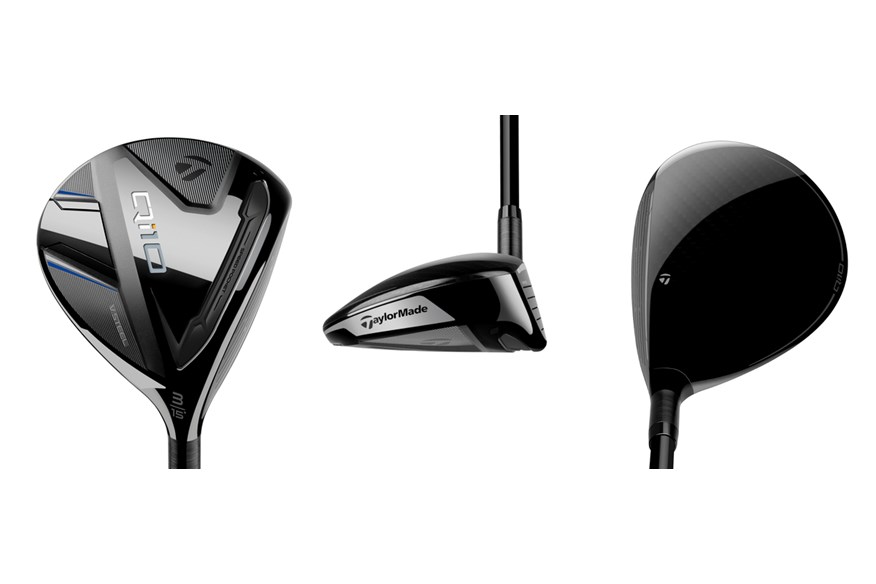

Qi10 also performed well in the slower swing speed test, the only thing that limited it was consistency for both speeds. Variation in strike produced stronger movement in key categories than we'd like although to call the Qi10 fairways bad would be a terrible disservice.
These woods still require some precision from the golfer but Taylormade do offer the Qi10 Max, with a slightly shallower profile, for the golfer that needs a touch more help off-center.
Read our full Taylormade Qi10 Fairway Wood Review
Pros
- Offers plenty of forgiveness for a smaller head
- Ball speed across the face is high
- Available in 7-wood and 9-wood
Cons
- Deeper face may not suit every golfer
| High Loft Options | 7W-21º / 9W-24º |
| Stock Shafts | Mid 60g - Mitsubishi Tensei AV Ltd Blue FW (65 R), Mid 70g -Mitsubishi Tensei AV Ltd Blue (75 X/S) |
| Stock Grip | Golf Pride Z-Grip Plus 2 (52g) |
Hard to not be impressed by
Best Looking
As with the Max head, the X offers crisp, old-school looks with a matte black finish that is hard to look down at and not be impressed by. Less draw bias than the Max as well, the flights we saw during testing were neutral to slight fades, although this is expected from the difference in design.
In slower speed testing, the preference goes to the Darkspeed Max every day but at higher speeds (or for low clubhead speeds that overdraw the ball) the Darkspeed X takes the cake from its sister model.
The only downside, like with the Qi10, is that this head feels like it requires a good strike to get the most from it.
Read our full Cobra Darkspeed X Review
Pros
- Sound and feel are fantastic
- Looks are classy and refined
- Power is in line with best-in-class models
Cons
- Darkspeed X doesn't come in lofts higher than 7w
| High Loft Options | 7W - 21° |
| Stock Shafts | Mitsubishi Kai’li Blue, UST Mamiya Lin-Q Blue, UST Mamiya Lin-Q Red |
| Stock Grip | Lamkin Crossline Black |
Courage at address
Best Value
Changes include improved turf interaction due to the revised GlideRail system featured on the sole of the club, a variable thickness face design for increased ball speed across the face, a large total head size, which our team believes, will help inspire courage at address, and a counter-weighted shaft for optimized feel without sacrificing in mass coming into impact.
With more loft options than before, this year's Halo XL is an option we think should not be overlooked for those attempting to maximize their height from the fairway.
Pros
- Easy to get through the turf
- Additional loft options this year are very welcome
- The larger profile at address is confidence-inspiring
Cons
- Only available in lightweight shaft options
| High Loft Options | 7W-21º / 9W-24º |
| Stock Shafts | Mitsubishi Tensei AV Blue 55, Aldila Ascent PL 40 |
| Stock Grip | Lamkin Crossline 360 |
FAQs: Buying a 7-Wood
How many PGA pros use a 7-wood?
According to a recent report from Sports Marketing Surveys, 10.3% of Tour professionals had a 7-wood, or higher lofted, fairway wood in their bag.
What is a 7-wood the same as?
A 7-wood is generally 21 degrees of loft so this puts it in line with both 4 and 5-iron or 3 and 4-hybrid, depending on the brand and model.
Who makes the easiest to hit fairway woods?
Lots of manufacturers make very forgiving fairway woods. On paper, the highest MOI (moment of inertia) model should be the easiest to hit because that would provide the most help on mishits, but trying them out is the best way to tell.
Is a 7-wood easier to hit than a 3-wood?
For the most part, yes. The additional loft on a 7-wood compared to a 3-wood provides more height and spin, even on mishit shots so you can get away with less-than-perfect shots.
READ MORE: How to choose the right fairway wood for your game
